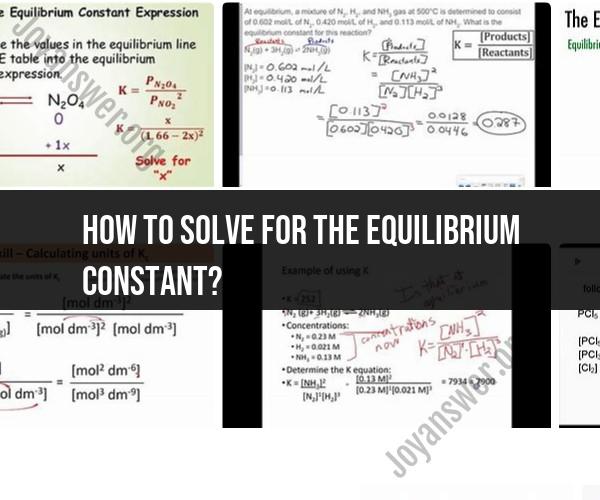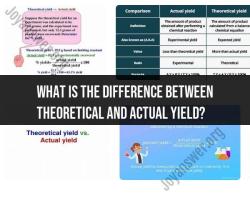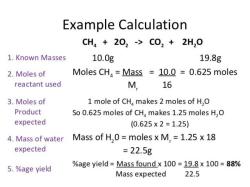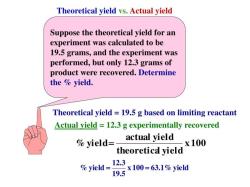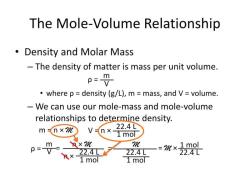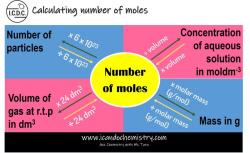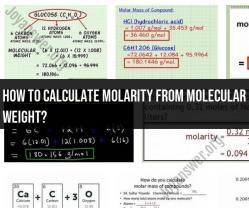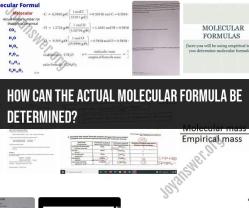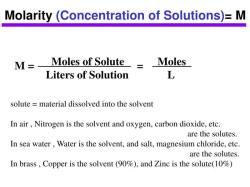How to solve for the equilibrium constant?
To solve for the equilibrium constant (K) in a chemical equilibrium expression, you need to know the balanced chemical equation for the reaction and have information about the concentrations of reactants and products at equilibrium. The equilibrium constant is defined for a chemical reaction as the ratio of the concentrations of products to reactants, with each concentration raised to the power of its coefficient in the balanced equation. Here are the general steps to solve for the equilibrium constant:
Write the Balanced Chemical Equation:
- Start with the balanced chemical equation for the reaction. Ensure that the equation represents the specific reaction you're interested in.
Define the Equilibrium Expression:
- Write the equilibrium expression (K) for the reaction. It should be in the form of products raised to their respective coefficients divided by reactants raised to their respective coefficients. For a general reaction:The equilibrium expression (K) would be:
Determine Concentrations at Equilibrium:
- Obtain information about the concentrations of the reactants and products at equilibrium. These concentrations are typically given in units like molarity (M).
Plug in Concentrations:
- Substitute the equilibrium concentrations of reactants and products into the equilibrium expression. Be sure to include the units and raise each concentration to the power of its coefficient in the balanced equation.
Solve for K:
- Calculate the value of K by performing the mathematical operations as indicated by the equilibrium expression. The value of K depends on the specific concentrations at equilibrium.
Unit Considerations:
- Pay attention to units. Ensure that the units in the equilibrium expression match the units of the concentrations you used. If necessary, convert concentrations to consistent units.
Interpret the Value of K:
- The value of K indicates the position of the equilibrium.
- If K > 1, it suggests that the equilibrium lies to the right, with more products present.
- If K < 1, it suggests that the equilibrium lies to the left, with more reactants present.
- If K ≈ 1, it suggests that the concentrations of products and reactants at equilibrium are similar.
- The value of K indicates the position of the equilibrium.
Keep in mind that the equilibrium constant (K) is temperature-dependent, meaning that it can change with variations in temperature. Therefore, it's essential to know the temperature at which the equilibrium constant was determined and apply the appropriate value for that temperature.
Additionally, K does not change with changes in the initial concentrations of reactants and products; it is a constant for a specific reaction at a given temperature. The initial concentrations will only affect the direction in which the reaction proceeds to reach equilibrium.
Solving for the equilibrium constant is an important step in understanding the behavior of chemical reactions at equilibrium and predicting the concentration of reactants and products in equilibrium systems.
Equilibrium Constant Problem-Solving: A Comprehensive Guide
An equilibrium constant is a measure of the tendency of a chemical reaction to proceed to completion. It is represented by the symbol Kc and is calculated by dividing the product concentrations by the reactant concentrations at equilibrium.
Equilibrium constant problems can be solved using a variety of methods, including:
- The ICE table method: This method is the most common and straightforward method for solving equilibrium constant problems. It involves creating a table to track the initial concentrations of the reactants and products, as well as the changes in concentration that occur as the reaction reaches equilibrium.
- The approximation method: This method can be used to solve equilibrium constant problems for reactions that are close to equilibrium. It involves assuming that the change in concentration of one of the species is negligible and then solving for the equilibrium concentrations of the remaining species.
- The quadratic equation method: This method can be used to solve equilibrium constant problems for reactions that are far from equilibrium. It involves using the quadratic equation to solve for the equilibrium concentrations of the species.
Mastering Equilibrium Constants: Problem-Solving Strategies
Here are some tips for mastering equilibrium constant problems:
- Understand the concept of equilibrium. Before you start solving equilibrium constant problems, make sure you understand the concept of equilibrium. This includes understanding what an equilibrium constant is and how it is calculated.
- Be able to write equilibrium expressions. Once you understand the concept of equilibrium, you should be able to write equilibrium expressions for chemical reactions. This is an essential skill for solving equilibrium constant problems.
- Be able to use the ICE table method. The ICE table method is the most common and straightforward method for solving equilibrium constant problems. Make sure you are familiar with how to use the ICE table method before you start solving problems.
- Be able to use the approximation method. The approximation method can be used to solve equilibrium constant problems for reactions that are close to equilibrium. Make sure you are familiar with how to use the approximation method before you start solving problems.
- Be able to use the quadratic equation method. The quadratic equation method can be used to solve equilibrium constant problems for reactions that are far from equilibrium. Make sure you are familiar with how to use the quadratic equation method before you start solving problems.
Solving for Equilibrium: A Step-by-Step Approach
Here is a step-by-step approach for solving equilibrium constant problems using the ICE table method:
- Write the equilibrium expression for the chemical reaction.
- Create an ICE table, tracking the initial concentrations of the reactants and products, as well as the changes in concentration that occur as the reaction reaches equilibrium.
- Let x represent the change in concentration of one of the species.
- Use the stoichiometry of the reaction to relate the changes in concentration of the other species to x.
- Substitute the changes in concentration into the equilibrium expression and solve for x.
- Calculate the equilibrium concentrations of the remaining species using the values of x and the stoichiometry of the reaction.
Conclusion
Equilibrium constant problems can be challenging, but they can be solved using a variety of methods. By understanding the concept of equilibrium, being able to write equilibrium expressions, and being familiar with the ICE table method, you can master equilibrium constant problem-solving.
